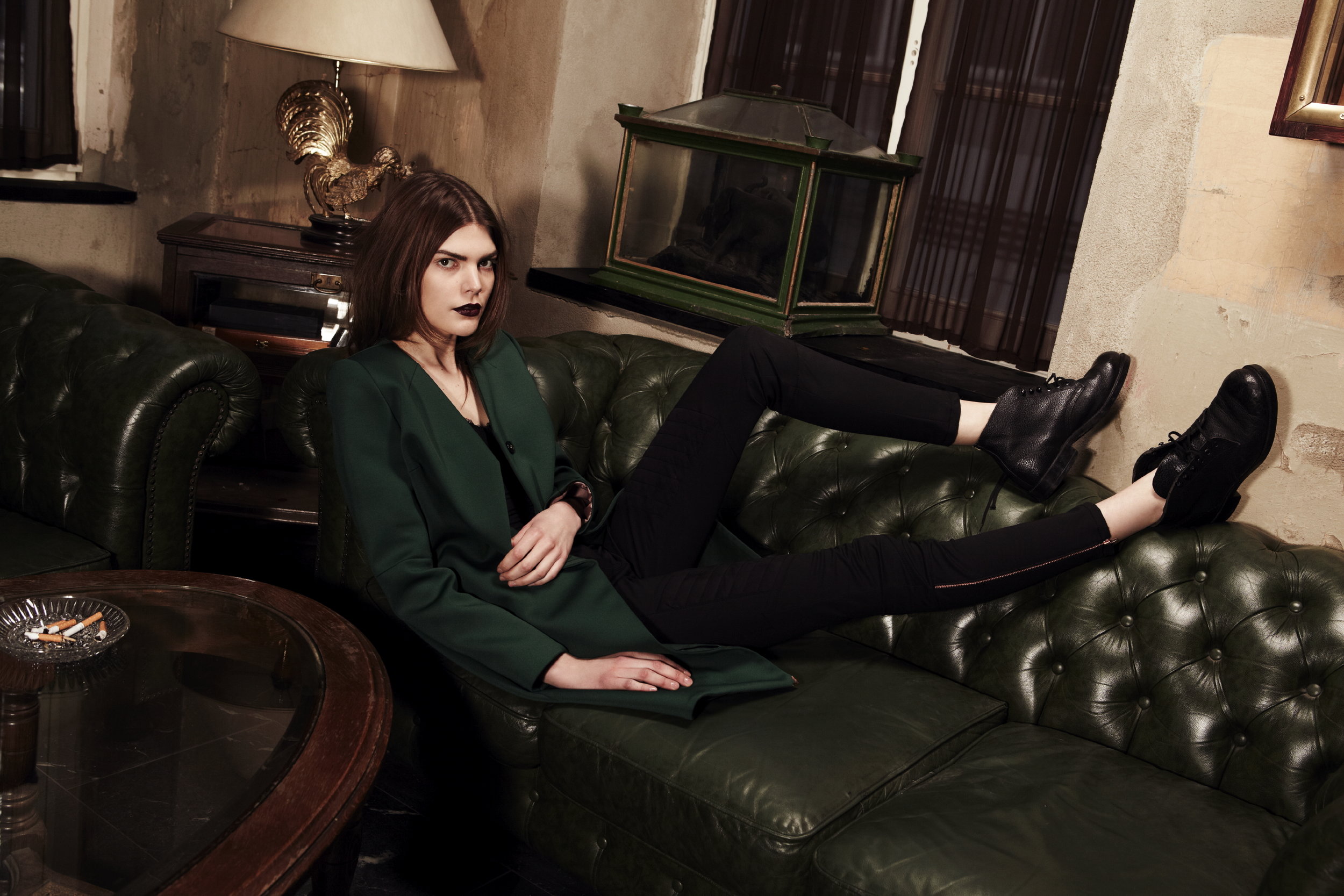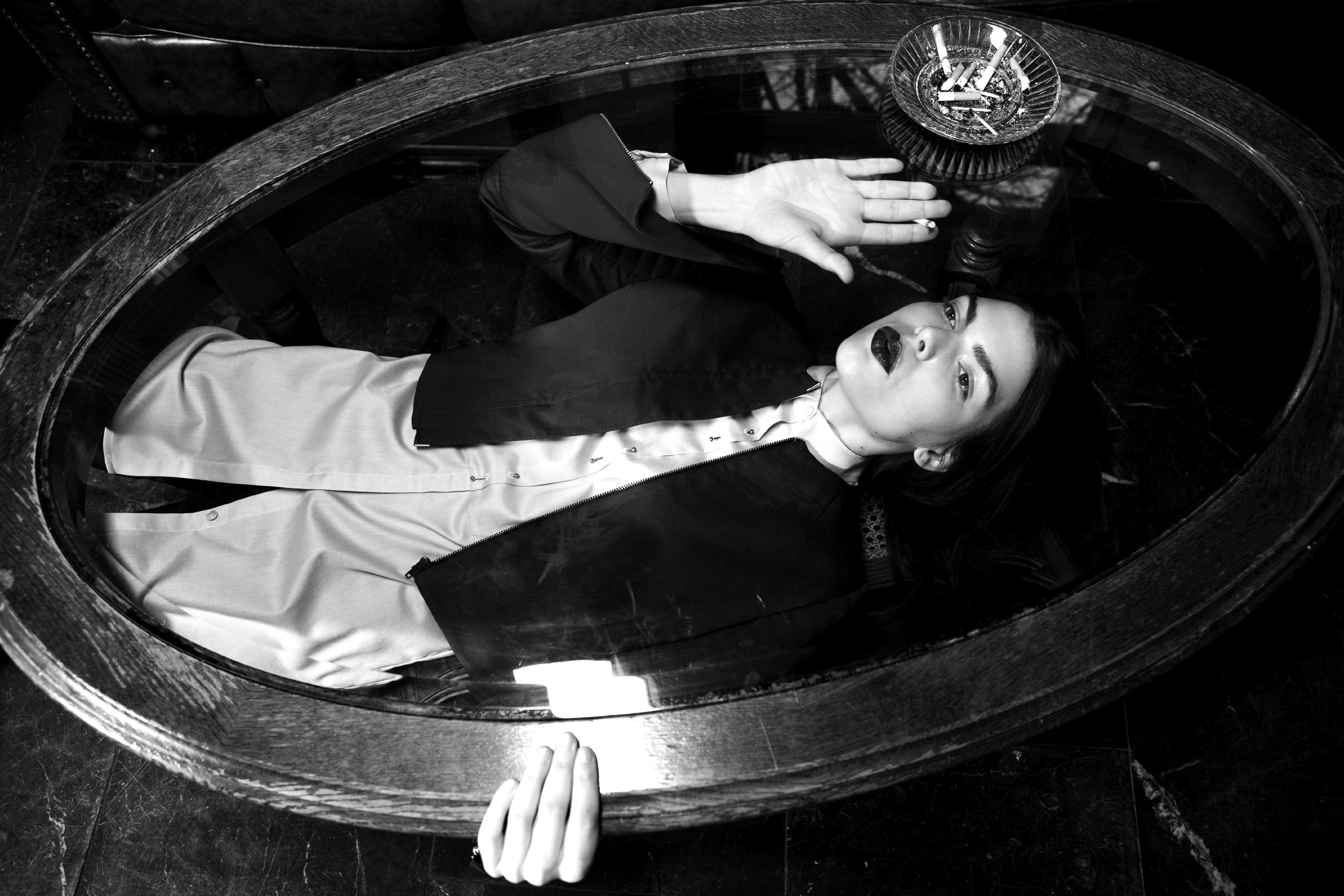Mongrels in Common
Published at L'Officiel Italia on 3rd October 2013
“I love to walk to our office through the streets of Berlin Mitte with my morning coffee and just watch the people, feel the atmosphere and get inspired”, Livia Ximénez-Carrillo tells me over a piece of quiche at the modern, luxurious Hotel Concorde Berlin. Next to her sits Christine Pluess, the second half of the Berlin label Mongrels in Common. With them is their 1-year old, black and very cute mongrel dog Betty who patiently stays at our table the whole time.
The designers ran into each other at Esmod School of Design in Berlin. Soon the girls discovered, that they had a multicultural background in common. Their roots are originating from Germany, Switzerland, Peru and Spain. So when the two friends founded their own label in 2006, they decided to name it after this mutuality. Right now they are already on display in boutiques in New York where their pieces hang next to their favourite designer label Lanvin.
For Christine Pluess the diverse and cosmopolitan Berlin induces inspirations very spontaneously. Unlike the big designers, Mongrels in Common does not work with trend offices. “Doing research for a new collection is actually fun”, Livia says. “Apart from browsing the Internet we get impulses from new artists or spending time in nature”, Christine adds. “Mongrelism” describes this pluralism of influences, creating the essence of every collection. Their label combines masculine severity and straightness with a feminine approach to create an elegant yet casual and subtly sexy look. This is most recognisable in their silk blouses with the signature pin closure.
Livia and Christine put strong emphasis on fair working conditions in their production facility in Rumania. Furthermore, they consciously decided not to use any leather or fur. In this way they are creative in inventing new materials like the fake velour with its very soft feel, which is chosen for skinny pants and dresses, as seen in the current autumn/winter 2013/14 collection, called “Marlene Dietrich on the Road with a Gaucho”.



